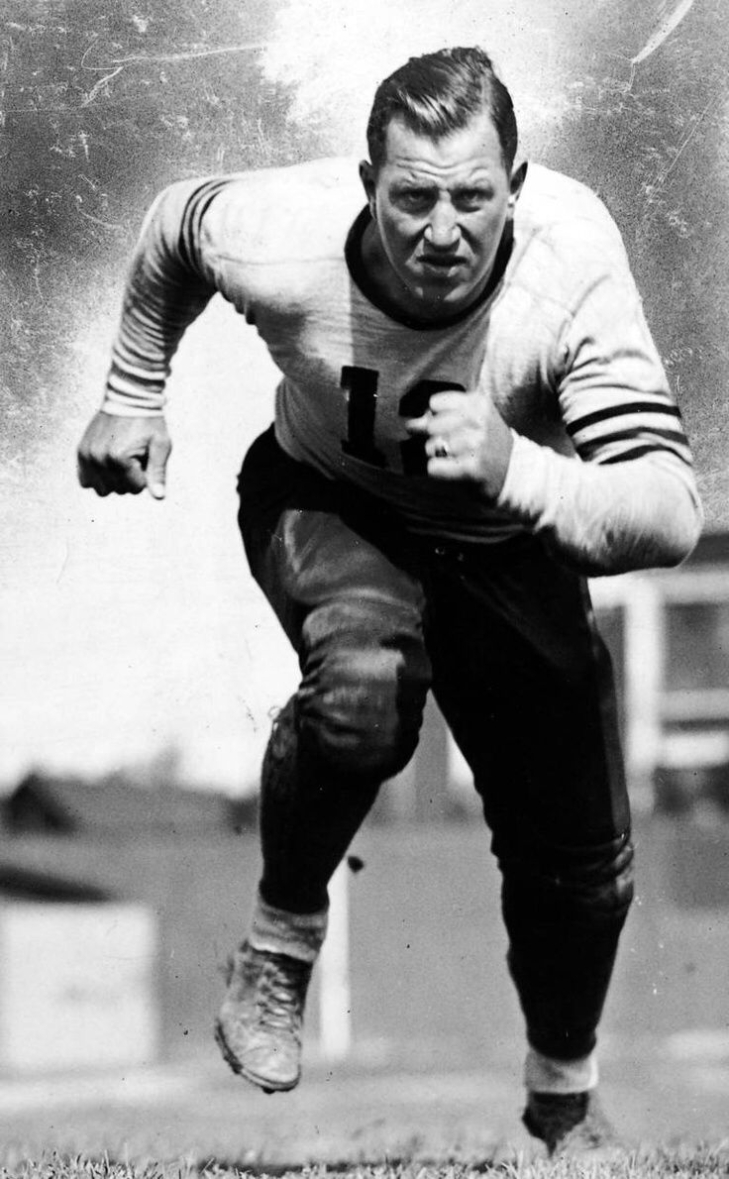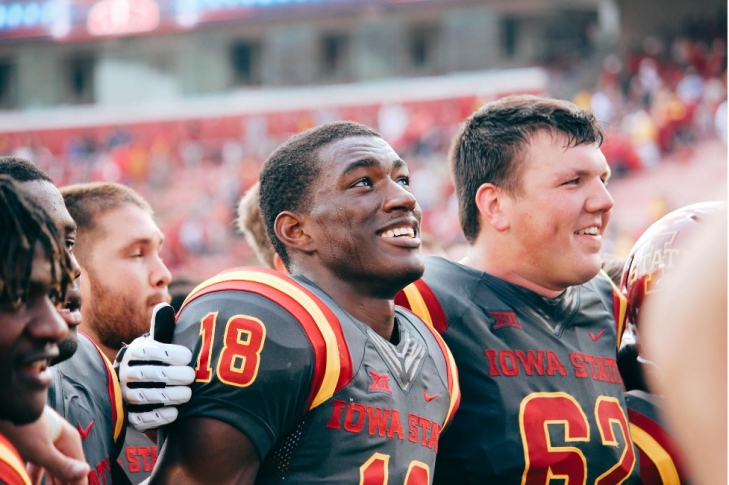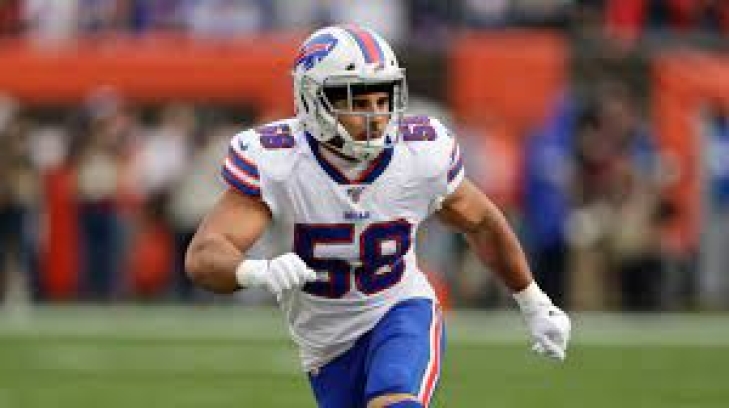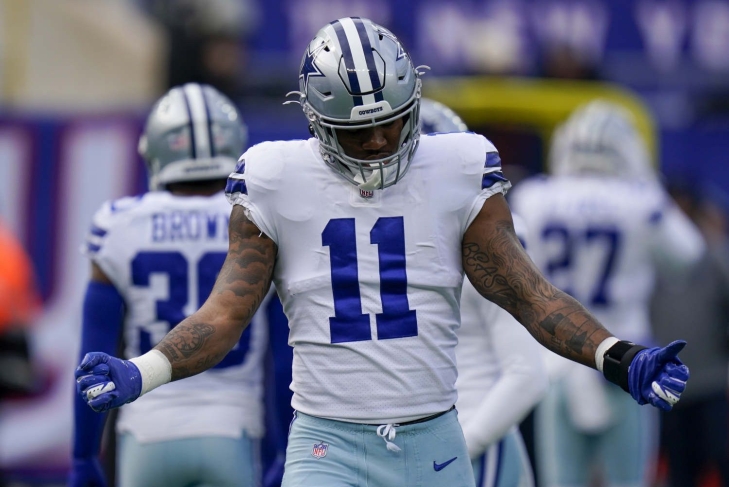
Committee Chairman
The Pro Football Hall of Fame Revisited Project: 1948 SEMI-FINAL VOTE
1948 SEMI-FINAL RESULTS:
Thank you for all of you who have participated in the Pro Football Hall of Fame Revisited Project, and if you are unaware of what that is, simply, we acted as if the PFHOF had their first class in January of 1946?
We have completed the first two years, where a Preliminary, Semi-Final and Final vote for the 1946 Class, which inducted two full classes
For “1948” a Preliminary Vote with 127 players whose playing career ended by 1942. We are also following the structure in that players have 20 years of eligibility, and if they do not make it into the Hall, they are relegated to the Senior Pool.
Each voter was asked to select 25 names from the preliminary list, with the top 25 vote getters named as Semi-Finalists.
A week later, the voters were asked to pick 15 names from the 25 Semi-Finalists, and next after, they will pick five from the remaining 15. We will continue this process weekly until we catch up to the current year.
Following 29 votes received in the 1948 Preliminary Ballot, we had the 30 for the Finals.
This is for the “Modern Era”
Bold indicates they advanced to the Finals:
|
Player |
Year of Eligibility |
Vote Total |
|
Pete Henry T |
15 |
28 |
|
Duke Slater T |
12 |
28 |
|
George Trafton C |
12 |
28 |
|
Benny Friedman TB-DB |
9 |
28 |
|
Guy Chamberlin E-WB |
16 |
26 |
|
Joe Guyon WB-TB-BB-FB |
16 |
25 |
|
Johnny Blood TB-HB-WB-BB-DB |
5 |
24 |
|
Link Lyman T |
9 |
22 |
|
Jimmy Conzelman HB-TB-BB-E |
14 |
21 |
|
Verne Llewellen B |
10 |
21 |
|
Mike Michalske G-T-LB-BB |
9 |
20 |
|
Lavvie Dilweg E |
9 |
19 |
|
Cliff Battles TB-FB-WB-DB |
6 |
17 |
|
Dutch Sternaman HB-QB-FB |
18 |
17 |
|
Clark Hinkle FB-LB-HB-DB |
2 |
17 |
|
Ray Flaherty E-DE |
8 |
15 |
|
Walt Kiesling G-T |
5 |
14 |
|
Ox Emerson G-C |
4 |
14 |
|
Swede Youngstrom G-T-E-C |
18 |
13 |
|
Steve Owen T-G |
10 |
13 |
|
Steamer Horning T |
20 |
9 |
|
Turk Edwards T |
3 |
9 |
|
Red Badgro E-DE |
5 |
8 |
|
Beattie Feathers HB-WB |
3 |
7 |
|
Cecil Isbel TB-HB |
1 |
7 |
This is for the “Senior Era”
*Bold indicates they advanced to the Finals:
|
Charles Follis |
N/A |
25 |
|
Henry McDonald |
N/A |
19 |
|
Ted Nesser |
N/A |
17 |
|
Blondy Wallace |
N/A |
16 |
|
Sol Butler |
N/A |
13 |
Next Saturday, we will be posting the results of the 1948 Class of the Pro Football Hall of Fame Revisited Project.
Thank you to all who contributed, and if you want to be a part of this project, please let us know!
Snap Decisions: Key Plays That Altered NFL Outcomes
The National Football League (NFL) is a dynamic and unpredictable arena where the outcome of games often hinges on split-second decisions and key plays. These pivotal moments not only determine the immediate results but also significantly impact the NFL standings. This article explores some of these game-changing instances that have forever altered the course of NFL history.
The Power of the Replay System in the NFL
The NFL replay system, introduced to ensure fair play, covers a range of situations, including scoring plays, pass completions or interceptions, out-of-bounds calls, recovery of loose balls, and quarterback passes or fumbles. While officials can nudge the game's direction, they cannot entirely fix games. However, their decisions, especially those made during the final stretch, can drastically influence the game's outcome.
Iconic Plays that Changed the Game
Certain games in NFL history stand out for their impact on the rules of the game. The game as we know it was fundamentally altered by controversial and historic plays such as "The Holy Roller" and "The Immaculate Reception." In the AFC playoff game between Pittsburgh and Oakland in 1972, for instance, a play called the "Immaculate Reception" led to the 1978 legalization of double-touch forward passes.
Evolution of Rules for Fairer Play
The NFL continuously assesses and changes its rules to protect the game's integrity and make the sport safer, fairer, and more entertaining. For example, after the controversial "Holy Roller" play in 1978, the NFL approved a new rule stating that only the fumbling player could recover and advance the ball for the offense on fourth down or after the two-minute warning.
The Impact of Data Analytics in the NFL
Data analytics plays a crucial role in modern football, providing insights into players' strengths and weaknesses by tracking their movements and actions on the field. This data-driven approach helps teams make informed decisions, which can significantly affect the NFL standings.
Predictive Power of NFL Statistics
Statistical analysis has become an integral part of predicting game outcomes in the NFL. Factors such as yards gained, yards allowed, turnovers lost, and turnovers recovered are used to predict the probability of winning. For instance, there is a 50% chance of winning a game when the offense scores approximately 359 yards.
The Unpredictability of the NFL
Despite the increasing reliance on data analytics and statistical models, the beauty of football lies in its unpredictability. The NFL is not necessarily scripted, and 99.9% of the plays are real. The unpredictability of the game, coupled with the strategic decisions made on the field, makes it a thrilling spectacle and keeps fans eagerly watching the NFL standings.
The Role of Injuries in Shaping NFL Outcomes
Injuries are an unfortunate yet integral part of the NFL. They not only affect individual players but also significantly impact team performance and, consequently, game outcomes. Key player injuries can drastically alter a team's strategy and effectiveness on the field, leading to unexpected results and shifts in NFL standings. For instance, when a starting quarterback is injured, it can disrupt the offensive rhythm and play-calling, potentially leading to a decline in team performance. Therefore, teams invest heavily in player health and recovery programs, understanding that maintaining player fitness can be a decisive factor in achieving success in the league.
Conclusion
In conclusion, the NFL is a dynamic landscape where snap decisions and key plays can significantly alter game outcomes and league standings. As the sport continues to evolve, these pivotal moments will remain etched in the annals of NFL history, reminding us of the thrilling unpredictability that makes football so captivating.
#140 Overall, Matt Milano, Buffalo Bills, Linebacker, #14 Defensive Lineman/Linebacker: Interior Linemen
2022: Pre-Season Rank: #144. Peak Period 2018-22
Matt Milano had a solid career going into 2022 but unexpectedly emerged as the Bills’ top defensive player. This lands Milano on the lower end of this list, but we have all seen players who made their Canton bones in the middle third of their career, though a torn bicep going into 2024 will hamper that.
#79 Overall, Micah Parsons, Dallas Cowboys Linebacker, #14 Defensive Lineman/Linebacker: Pass Rusher
2023: Pre-Season Rank: #102. Peak Period: 2021-23*
The best young Linebacker in the game of football is Micah Parsons, who has only played two years, but was the runner-up for the Defensive Player of the Year in the first two and was third last year. The 2021 Defensive Rookie of the Year, Parsons is already a two-time First Team All-Pro, had at least a dozen Sacks in his first three seasons, and will likely have more.
The only reason he is not ranked higher is that he has only played three seasons. Another year, like the previous three, will propel Parsons into the top 50.
*Parsons has only played three seasons.





